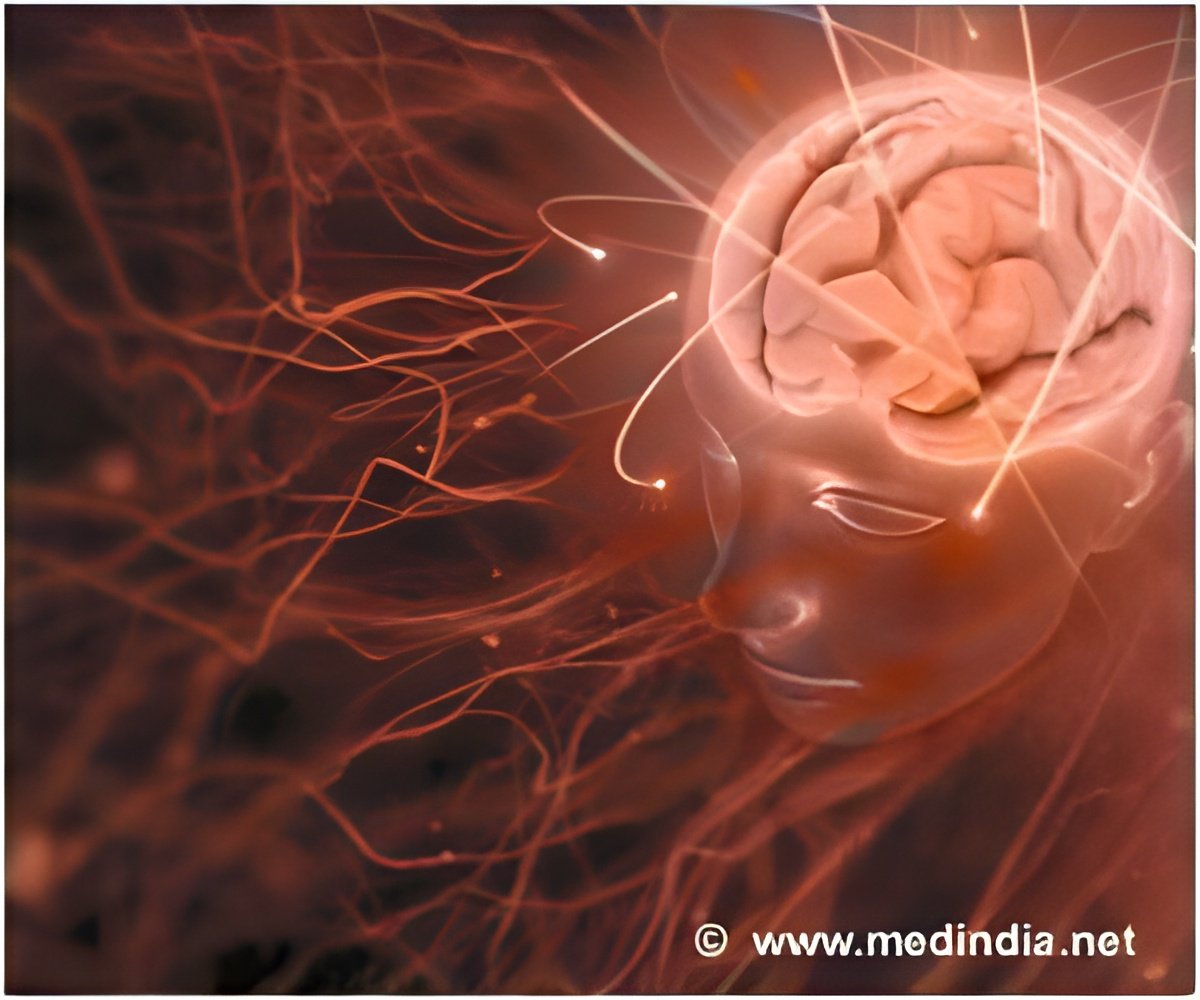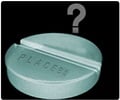Transplantation of dopaminergic neurons by stem cells can produce relief for patients with Parkinson’s disease.

Nerve cells use a brain chemical called dopamine to help control muscle movement. Parkinson's disease occurs when the nerve cells in the brain that make dopamine are slowly destroyed. Without dopamine, the nerve cells in that part of the brain cannot properly send messages. This leads to the loss of muscle function. The damage gets worse with time.
Current treatments methods gives temporary relief in relieving the motor symptoms. It includes the use of oral preparations of dopamine receptor agonists, L-DOPA and in more advanced cases, the use of apomorphine. L-DOPA can be made to reach the brain through oral intake of the drug through intestinal absorption, and via surgical electrodes stimulation to deliver dopamine to sub-thalamic nucleus and globuspallidus. But the present treatment methods are not without adverse effects that can sometimes be more debilitating than the disease itself.
Stem Cells and its Potential:
Stem cells have the remarkable potential to develop into many different cell types in the body during early life and growth. In addition, in many tissues they serve as a sort of internal repair system, dividing essentially without limit to replenish other cells as long as the person or animal is still alive. When a stem cell divides, each new cell has the potential either to remain a stem cell or become another type of cell with a more specialized function, such as a muscle cell, a red blood cell, or a brain cell.
Stem cell therapy in Parkinson’s disease:
The transplantation of the human foetal midbrain tissue in animals and humans has provided knowledge of a number of requirements for establishing a clinically competitive Stem Cell-based therapy in Parkinson’s disease.
• Exhibit a regulated release of dopamine and molecular, electrophysiological, and morphological properties similar to those of substantia nigra neurons(substantianigra lies in the midbrain immediately dorsal to the cerebral peduncles);
• Enable survival of more than 100,000 dopamine neurons per human putamen(round structure located at the base of the forebrain);
• Re-establish the dopamine network within the striatum and restore the functional connectivity with host extra-striatal neural circuitries;
• Reverse the motor deficits resembling human symptoms in animal models of Parkinson’s disease and induce long-lasting andmajor symptomatic relief in patients;
• Produce no adverse-effects such as tumor formation, immune reactions and gastric disorders.
Another source of stem cells is adult fibroblasts that are reprogrammed to so called induced pluripotent (capable of differentiating into one of many cell types) stem cells (iPSCs), and then differentiated to dopaminergic neurons. Recently, dopaminergic neurons were also produced from iPSCs derived from fibroblasts in adult humans and Parkinson’s disease patients. Such neurons survived transplantation into the striatum of Parkinson’s disease rodents and produced some degree of functional recovery.
Fetal brain neural stem cells (NSC)-derived dopaminergic neurons are associated with lower risk of tumor formation and immune rejection than ESCs. Early studies reported that non-differentiated NSCs taken from a human source and transplanted in rats have limited differentiation in vivo and only partially affect PD-like symptoms. A more recent study showed that non-differentiated NSCs implanted into Parkinson’s primates survived, migrated, and had a functional impact. A small number of NSC progeny differentiated into Dopamine phenotypes.
Bone marrow-derived stromal cells and mesenchymal stem cells (MSCs) have beenproposed as potential cell sources for transplantation in Parkinson’s. It has beenreported that non-differentiated murine (a medical laboratory animal) MSCs are able to differentiate into tyrosinehydroxylase-positive neurons and improve motor performance in mice. Also, it has been demonstrated that cells with Dopaminergic properties can be produced from bothrat and human mesenchymal stem cells, and thattransplantation of these cells gave rise to improvement of motor function in an animal model of Parkinson’s.
Although the ability to restore function in Parkinson’s patients by dopaminergic neuron replacement has been demonstrated to some extent with hfVM tissue, the focus is now on producing standardized dopaminergic neuroblasts from stem cells for transplantation. ESCs and iPSCs seem the simplest to manipulate towards a dopaminergic fate and to produce large numbers of dopaminergic neurons in vitro, but fetal brain NSCs could also be useful for clinical application. Both iPSC-derived and directly converted dopaminergicneurons have one more advantage as they potentially can be used for autologous transplantation in Parkinson’s patients.
Several important properties will be decisive for the success or failure of a clinical trial in Parkinson’s in humans. These include the ability of the Stem Cell-derived dopaminergic neurons to substantially re-innervate striatum, restore dopamine release and markedly improve Parkinson’s symptoms. Before human trials using the method of transplantation of stem cell-derived dopaminergic neurons are started exclusion of the risks for tumor formation, immune reactions, and development of gastro-intestinal disorders need to be proven. However this major research effort is not too far in the distant future and the current evidence will help in the development of a clinically competitive stem cell-based therapy. If this happens it will opens up the possibility for an effective restorative treatment for Parkinson’s patients.
Reference: Clinical application of stem cell therapy in Parkinson's disease; Marios et al; BMC Medicine 2012.
Source-Medindia
 MEDINDIA
MEDINDIA




 Email
Email










